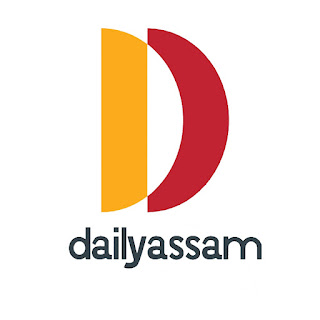Chapter 7
structural changes
1. 1. Very short Q&A:
(a) Fill in the blanks:
Question 1: The social sustainable method is the social process.
Question 2: Conservation is one of the additions of the British.
Question 3: Women are equal to men in urban areas.
Question 4: Technology increases the level of society.
Question 5: Urban people are more tolerant.
Question 6: Urban people in general .
Question 7: Duliajan is a major city in Assam.
Question 8: The main basis of British industrial policy was system.
Question 9: The Bank of India was established in AD.
Question 10: Urbanization is possible in an area for.
2. 2. Picking the right and wrong:
Question 1: Initially, many European countries were not in favor of colonization.
In 1845, Lord Delhousie formed the Department of Roads.
Question 3: In 1853, the first bell service was started between Bombay and Thana.
Question 4: Urban areas have low population density.
Question 5: Industrialization increases the number of cities and urban dwellers.
Question 6: Modernization is related to Westernization or culturalization.
Question 7: The primary group of society is the family.
Question 8: In the 18th century, 30 per cent of the total population of England was urban.
Question 9: In March 1950, the Government of India constituted the Planning Commission.
Question 10: The main characteristic of the capitalist system is the dynamism or expansion of capitalism.
3. 3. Choose the correct answer from the following:
Question 1: In which year was the Grand Trunk connecting Calcutta to Delhi built?
(a) In 1808
(b) In 1809
(c) In the 1810s
(d) In 1811. .
2. In whose days were the railways also started in Calcutta and Madras?
(a) In the days of Dale Housie
(b) In the days of Robert Croce
(c) In the days of Sachil
(d) None of the above.
Q.3 In which year was the tea industry started in India?
(a) In the 1850s
(b) In 1851
(c) In 1852
(d) In 1853.
Question 4: From which place in Assam did the British learn about the tea tree?
(a) From Singphou village in Garhwal.
(b) From Sonai, Shivsagar.
(c) From the psychiatry of Dibrugarh.
(d) From Shadia.
Question 5: Which Englishman brought people from China to produce tea in Assam?
(a) Dale Houcy
(b) Robert Bruce
(c) Mr. Gordon
(d) Churchill.
4. The Short Q&A:
Question 1: In what categories do El-Unowitz and H. Booker divide social processes?
Question 2: Who had Mahatap Chand and Swarup Chand killed?
Q.3 What should be the population of a first class city?
Question 4: Name two commercial cities in India.
Question 5: Name two administrative cities of India.
Question 6: Name an industrial city in Assam.
Q.7 What are the two main categories of the role of technology in social change?
Q.8 What is the initial stage of entrepreneurship?
Q9: What is technology?
Question 10: Name two cities in India that have been established as educational centres.
Question 11: Name two cities in India that were built around holy religious places.
5. Essay Questions and Answers :
Question 1: Describe how colonial rule changed the structure of India.
Question 2: Describe the impact of Indian industrialization.
Question 3: Describe the transport and communication system in India during the colonial period.
Question 4: Briefly discuss how urbanization took place in India.
Question 5: Discuss the various components affected by the urbanization process.
Q.6 Describe the tea industry in India?
Question 7: How did the process of urbanization play a role in the transformation of Indian society?
Question 8: How did the process of urbanization influence the Indian caste system?
Q.9 How has industrialization changed the caste system of Indian society?
Question 10: Mention the different characters of the entrepreneurial society.
Question 11: State the relationship between industrialization and urbanization.
Question 12: State the differences between modern and traditional societies.



